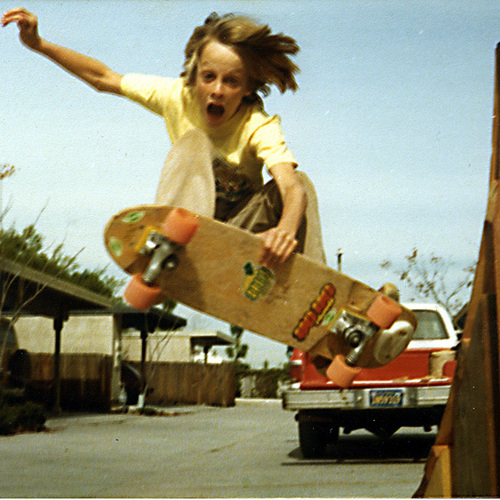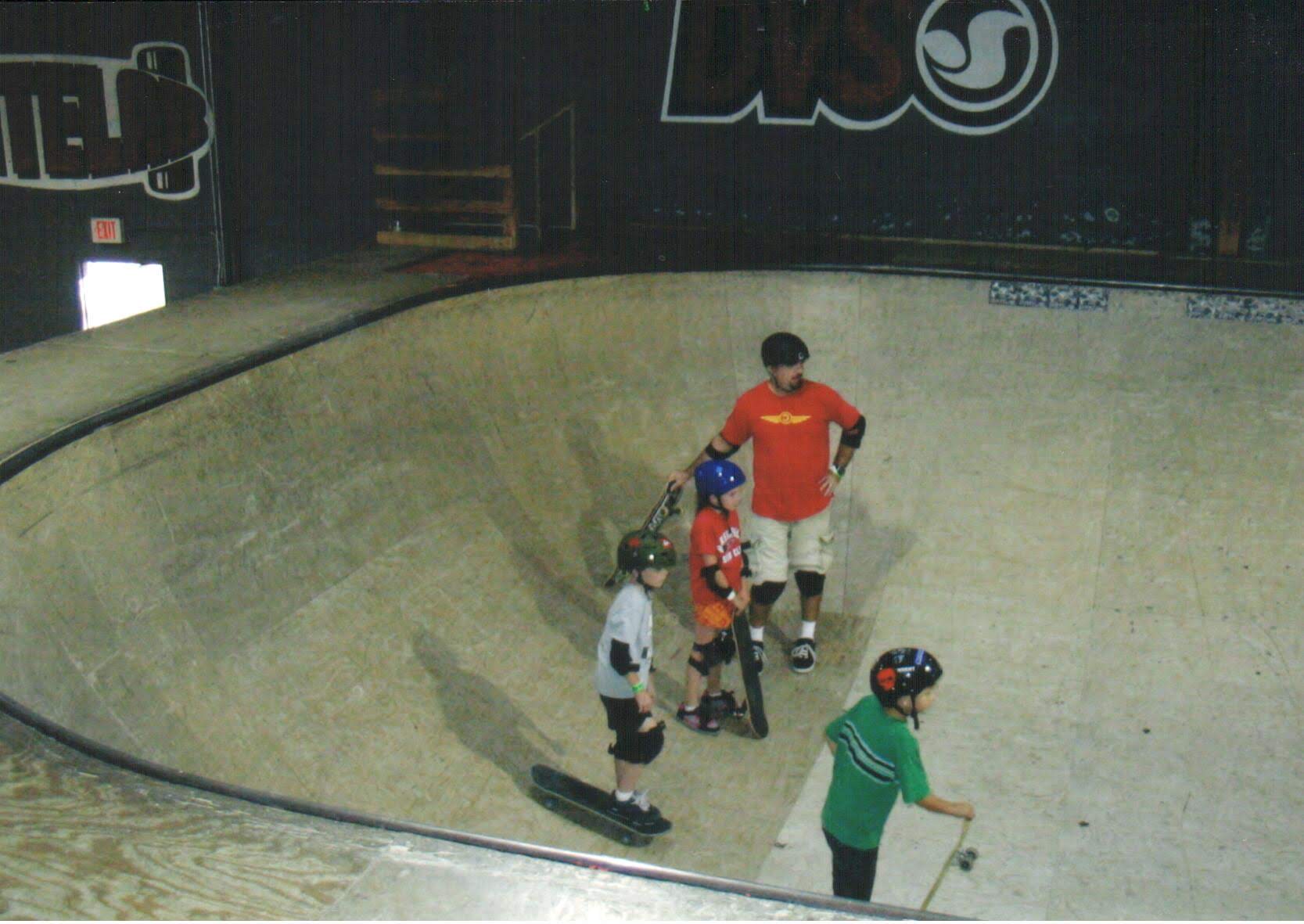
Contact Me
Most Recent Blog Posts
05/16/2024
ChatGPT and the Educational Pump Fake
05/25/2023
On Failure...
05/16/2023
An Ode to the GOAT (of Failure)
02/12/2021
Failure Judo: Take Time to Recover
07/31/2020
Failure Judo: Build Community
07/30/2020
Failure Judo: Discuss
07/29/2020
Failure Judo: Be Meta
07/28/2020
Failure Judo: Tinker
07/27/2020
Failure Judo: Practice
07/26/2020
Failure Judo: Reframe the Experience
07/25/2020
Failure Judo: Manage Loss
07/24/2020
Failure Judo: Take Incremental Steps
07/23/2020
Failure Judo: Fail on Furpose
07/22/2020
Failure Judo: Visualize Failure
07/21/2020
Failure Judo: 11 Tools to Make Failure Work for You.
07/20/2020
Perseverance Isn’t Enough.
02/05/2020
Why You Should Try New Things
01/09/2020
Piaget and Failure…
01/04/2020
The Value of Struggle
01/02/2020
The Fear of Failure
11/16/2019
Why Failure Beats Practice Alone
11/14/2019
Reclaiming Failure Tactic: Visualization
11/05/2019
Legos, the Process, and Failure
10/30/2019
Fail First, Succeed Later
10/25/2019
Failure... Like Riding a Bike
10/24/2019
Michael Jordan: Faiure
10/23/2019
Pole Vaulting - A Journey of Failure
10/18/2019
An Ode to the GOAT (of Failure)
02/12/2021
I’m a 45 year old guy from California. Being born in 1975, and growing up through the 80’s, I can’t remember a time when I wasn’t a fan of the skateboarding GOAT, Tony Hawk. He was born in 1968, so while I literally grew up (and now, am growing old) watching him skate, he was always close enough to my age that he felt like a quasi-peer — sort of like a cool older brother that I never met in person. When I was young, I was awestruck by his skating ability, his innovation, and if I’m honest, how incredibly cool he was. Everyone I knew rode his board, copied his haircut, and had a closet full of Tony Hawk shirts. Now, at my age, I can say that I still watch Mr. Hawk with huge admiration — but of a different sort.
Now that I’m a middle-aged parent of 7 kids, and the son that I used to take to the skatepark is 21 years old and in grad school, I see Tony Hawk with a different kind of respect. Sure, I am still awestruck by his ability to skate at 52, which at 45 I only fantasize about. But I see the kind of person he seems to be, and I’m equally impressed with how he lives his life. I’ve never met him, but I earnestly hope he is really this person:
He pushes himself.
Recently, I saw a video that Tony posted to Twitter, in which he shows himself attempting to land a 720 on his private halfpipe. The tweet, in which he refers to the process as a battle, is great to watch. The <2 minute journey from frustration and likely physical pain to absolute stoke is worth the watch.
His words hit me in an interesting way — “I’m really old. I can’t say for certain that this is the last one I’ll ever do, but can’t imagine doing many more…” But here he is — doing it anyway. A guy that doesn’t need to prove anything to anybody about skateboarding, out here fighting his age and proving it to himself. An easy web search finds a video of the last time Tony was caught on video landing a 900 — the trick that he landed in competition before anyone else — at the very young age of 48.
The trick was first done by him in 1999 at X Games 5 in San Francisco.
As I fight against aging in my own, less impressive way, I find this chronology of degrees-of-rotation-per-year both fun and inspirational. I hope that when I’m 75, he’s still riding (even if in a straighter line).
We too-often make the mistake of equating pushing ourselves with numerical growth or progression. As Tony Hawk shows it, pushing ourselves can simply mean we are trying to do better, or be better than what we would comfortably be otherwise. And that is awesome.
He does good.
Far be it from me to guess what’s in the head or heart of someone I don’t really know, except through the tiny window of social media. But the fact is, Tony Hawk does good. His foundation, The Skatepark Project, has invested more than 10 million dollars into the construction of 637 (and counting) skateparks, that see over six million visitors every year. That’s a lot of kids (and adults) who now have a place to go, where they can engage in a healthy, supportive community. I’ve follower a charity called Skateistan (www.skateistan.org) that works with kids through skateboarding and education in Afghanistan, Cambodia and South Africa for some time. This is a cause that’s very close to my heart, and they use these two powerful tools to make a difference for populations for whom “fun” and “learning” might not be common words. Hawk and The Skatepark Project are there, too.
It’s not just big philanthropy, though. Hawk is known to stash signed boards and gear in places all over the globe, giving out hints to fans. Today, I saw a video of him just driving around in a car, telling kids to “Do a Kickflip!”, and then giving them free swag if they play along. The best part of the video is him cheering them on, and getting excited about people doing a basic trick. As he drives between spots, he reflects on how amazing it is that so many people can do this trick, which in his day meant you were on your way to the pros. Either he’s a great actor, or he actually enjoys encouraging people in the sport in the most basic ways. I won’t even get into the long list of great athletes he’s mentored over the years.
He leans in to failure, and lets the world watch.
Anyone who follows my writing and blog will know that I hold skateboarding up as one of the shining examples of learning through failure. It’s easy to watch someone like Hawk, on some highlight reel, nailing trick after perfect trick, sailing through the air like he was born there, and believe that the experience of skateboarding is just like that for the chosen few who just know how to do it. This concept couldn’t be farther from the truth. I couldn’t find a comprehensive list of his injuries, but I bet that Hawk has regenerated enough body parts in his life to make at least one clone of himself — including a few recently dislocated fingers, according to the video above. And this doesn’t include the millions of times he’s been able to bail safely (think of a sort of controlled fall, where you don’t finish the trick, but you also don’t get injured).
The point is, in skateboarding, you quickly learn that in order to grow and improve, you have to be willing to fail – like, a lot. The better the skateboarder, the more they have leaned in to these failures, embracing the iterative process of learning that leads to success. We know that Tony Hawk has embraced failure, because he’s so great. We also know that he has embraced failure, because he’s always been very open about the process. When he’s trying to learn something new, it’s common for him to post a video – not just showing the finished product, but of the frustrating, often painful journey of trying to get there. This openness normalizes the process of learning through failure, reminding that even the best of the best have to struggle to get there.
He has “positive fight”
Jim Loehr, author of several books, including The New Toughness Training for Sports, frequently uses the term “positive fight” in his list of positive attributes that mentally tough athletes (although I believe the term has a much broader relevance). I think Tony Hawk models positive fight incredibly well in his work, and in the parts of his life that he makes public. When I think of positive fight, my mental image is someone whose body language signals strain, work, and an aggressive pursuit of a goal, but as the camera pans to their face there is a look of genuine joy and a gleam in their eye.

Watching Tony Hawk skate, whether it’s grainy video of him in his teens, or YouTube reels of him asserting dominance over his age in 2021, shows us what positive fight is all about. It’s a reminder that loving what you do isn’t about an easy life, but rather bringing intense, joy-fueled work to something that is important to you. We fail, we get up and try again, and eventually we grow and learn. If we’re willing to do this, to bring our positive fight and willingness to fail, to help others along the way, then I think we can all achieve some level of greatness.


